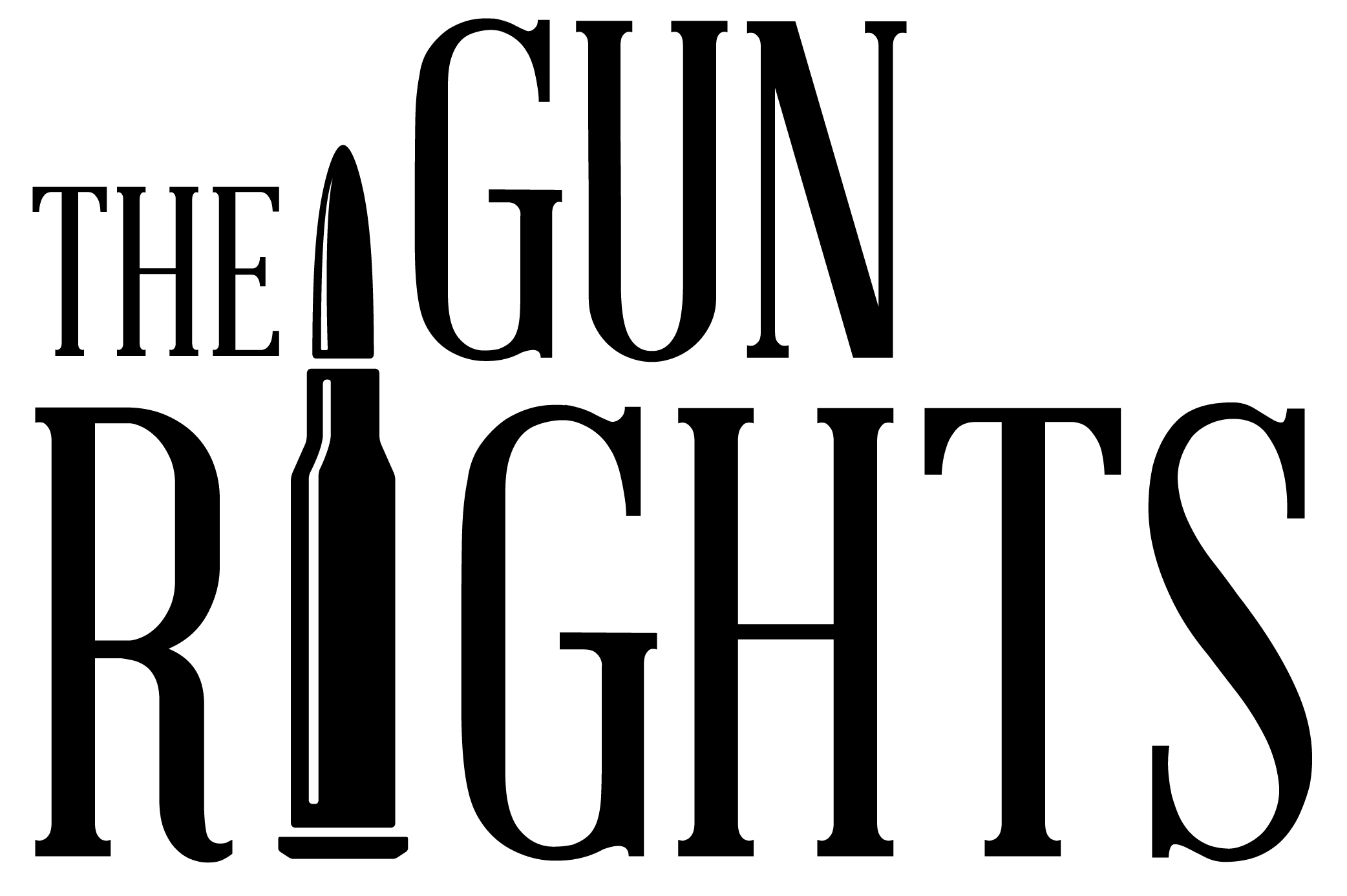An iron grip, steady breathing, a strong mind, and perfect sight. While all these forces combine to make for a good shot, there are opposite elements, such as light, insects, dust, tree branches and a naturally poor eyesight that work against it. For that, you need the best prescription shooting glasses out there.
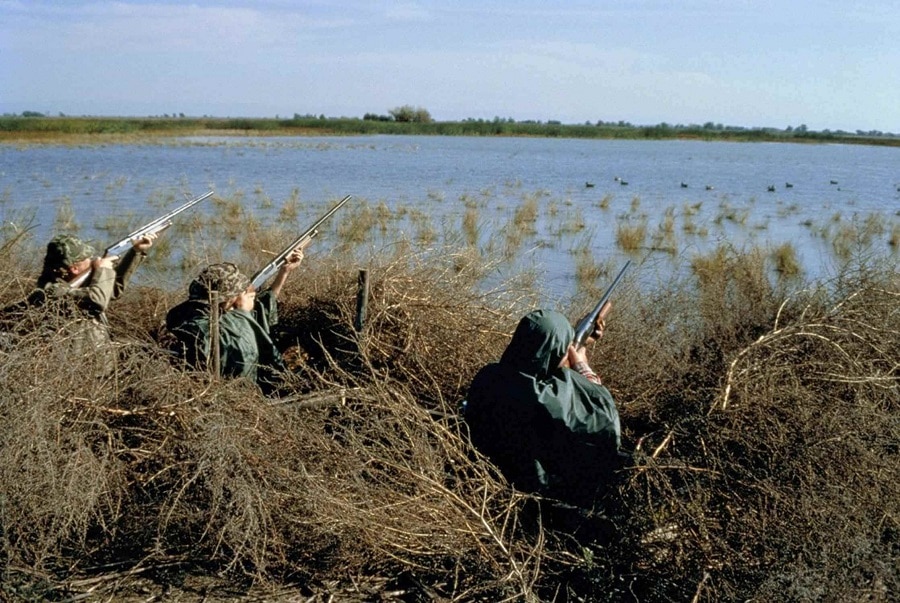
Still, there’s a long way from knowing that you need protection while out on your shooting excursions and finding the best shooting goggles out of a wide range of brands, prices, and styles. We will help you with that.
First, here are some of the things you should be looking for in protective eyewear if you want a sharp vision and a clear target. To enhance your performance behind the trigger, follow doctor’s orders.
Tips for Buying the Best Prescription Shooting Glasses
To wear prescription shooting glasses, leaving a clear target but a blurry front sight, or not to wear them and experience the opposite. For many, the basic decision comes to this dilemma.
Also, prescription goggles are an accessory to the shooting equipment. So does your prospective purchase fit in with the ensemble? How do the shooting glasses handle the recoil of a high-caliber rifle? Are they still on your face or down on the ground? Let’s answer these questions together.
Features to look for in your prescription shooting glasses
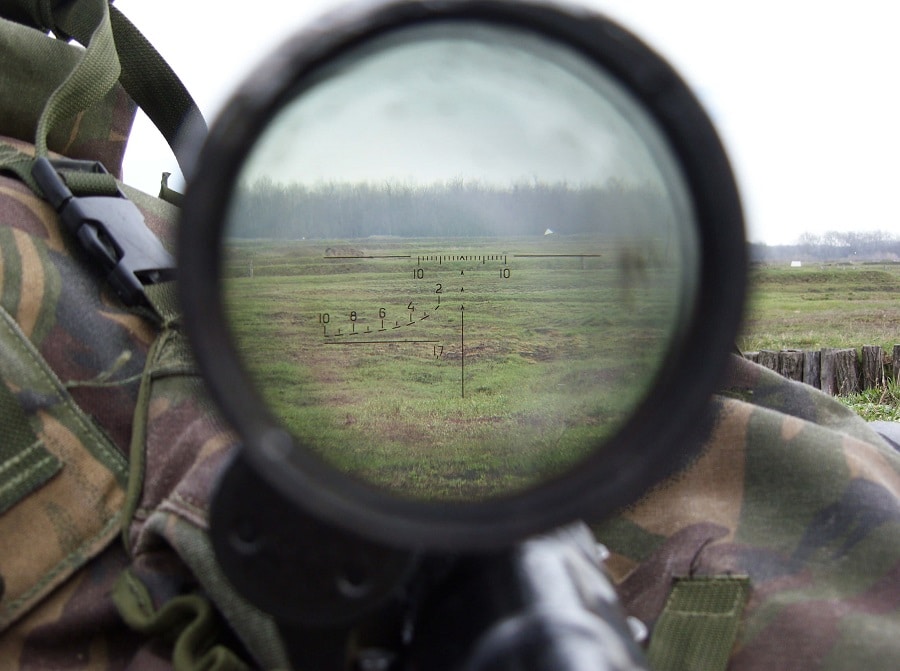
1. Monovision
Monovision is the option for presbyopia- the gradual loss of the eye’s ability to focus at near distance. It basically means wearing one contact lens that corrects distance vision in one eye and another contact lens that corrects near vision in the other eye. With one eye you read small sized writing, with the other you spy a bird on the horizon.
Many complaints against this type of prescribed shooting glass talk about the loss of distance clarity and perception. So this might not be the solution for you.
2. Progressive lenses
Your optician is the one to ensure that your customized progressive lens respect the proper distance range for shooting with a riflescope. If the interaction between eye and the lens is not perfect, the vision will be compromised.
Your progressive lenses have to be optimized for both eyes, and work for both everyday activities and hunting.
3. Lens Material
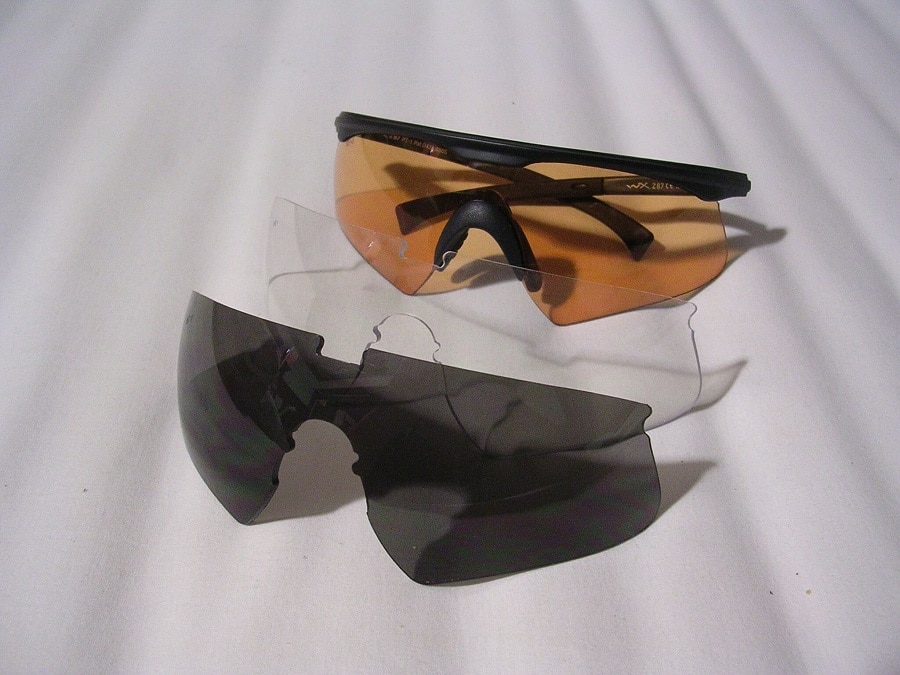
Other than the target, you face the danger of branches, dust, clay fragments (if you’re shooting clay) or even stray bullets injuring your eyes.
When eye safety is of concern, polycarbonate is the material of choice for your prescription shooting glasses. Polycarbonate lenses are thinner and lighter than the plastic ones due to the manufacturing process that uses injection molding.
Developed in the 1970s for the space projects, this impact-resistant material is still used to cover space shuttle windows and the helmet visors of astronauts. No wonder, since it offers 100 percent protection from the sun’s radiations.
The best of the polycarbonate can be shot at with a .38 caliber bullet and not break.
As unbeatable as they might seem, polycarbonate lenses do have their kryptonite. They are highly susceptible to scratches, so you need to apply a scratch-resistant coating if you want to use them more than once.
The Oakley shooting glasses have passed the test in a high-impact simulation involving large projectile objects. This means that their lenses withstand a hit by a metal spike weighing just over a pound dropped from a height of over four feet.
4. Lens Color
The best prescription shooting glasses take into consideration the light. Let’s say you go hunting in the early morning or on a cloudy day. In that case, natural light is not your strength. Balance its absence with a super anti-reflective coated lens.
These are an add-on on the lens you already ordered, and they help reduce glare allowing 99% of the light through the lens. Usually, your glasses reflect light and signal the animals that you’re around.
The anti-reflective coating absorbs these reflections, keeping you on the low. Also, the objects around will stand out brighter, leaving your target more exposed.
This following list of the necessary colors will simplify things a little bit:
- Vermilion- best for in-depth vision.
- Bronze- helps the contrast.
- Yellow- in bad light or on an overcast day
- Orange- for underbrush hunting
5. Frame Style
A good frame means an unobstructed vision. Best prescription shooting glasses take into consideration the stock of the gun, and your maneuvering position.
Most standard glass frames sit too low on the bridge of your nose. You need one that perks up high on the face and offers less visual distraction.
Some other traits you should be looking for in a prescription shooting glass is a large field of view, a good adjustability, and ventilation control. The glasses need to be a perfect fit on your face.
For this reasons, oversized frames are more popular.
Eye Protection Standards
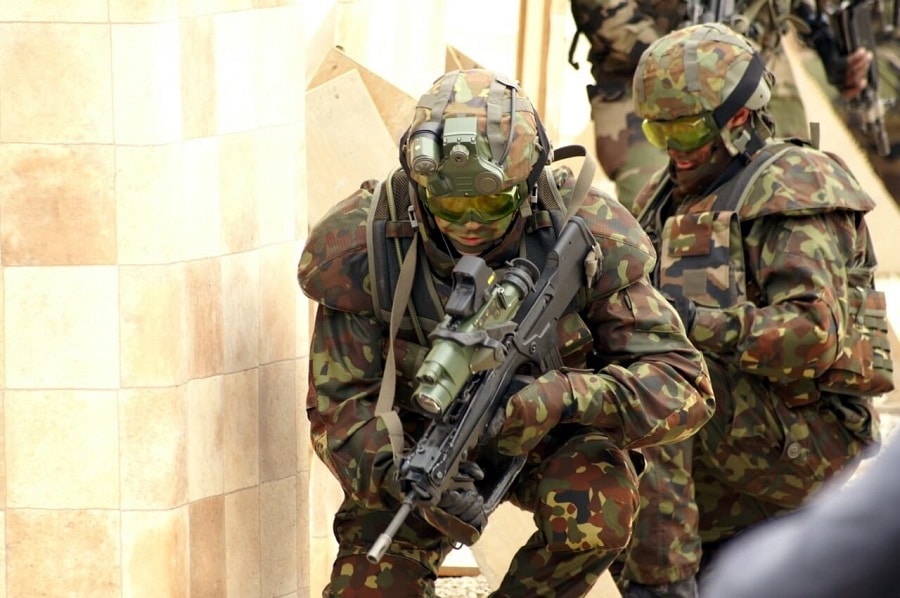
How do you know that the gun you purchased is effective in providing the protection you need? Some organizations have set standards for the best prescription shooting glasses and launched ballistic protection to deserved attention.
A lot of manufacturers of shooting glasses happily attest to their product’s achieved set of safety regulations, especially the ones following ANSI Z87.1 standards. But that’s not enough. What you want to aim at is military standard.
Throw a look at the Army Authorized Protective Eyewear List, or APEL if what you want are missile-proof glasses- the kind that has been tested and found to meet the ballistic protection requirements for use in the U.S. military.
There are three other, more civilian-oriented quality standards used for the testing of the best prescription shooting glasses, namely:
- ANSI Z87.1-2010– S Civilian Standard.
- MIL-PRF-31013– Military Ballistic Impact Standard.
- EN166, 169, 170 & 172– European Standard.
Final thoughts
All in all, your decision to buy the best prescription shooting glasses should be based more on practical reasons than aesthetic considerations. Think about the gun you’re using, the environment, the climate, your shooting posture. Are you a marksman or a hunter?
